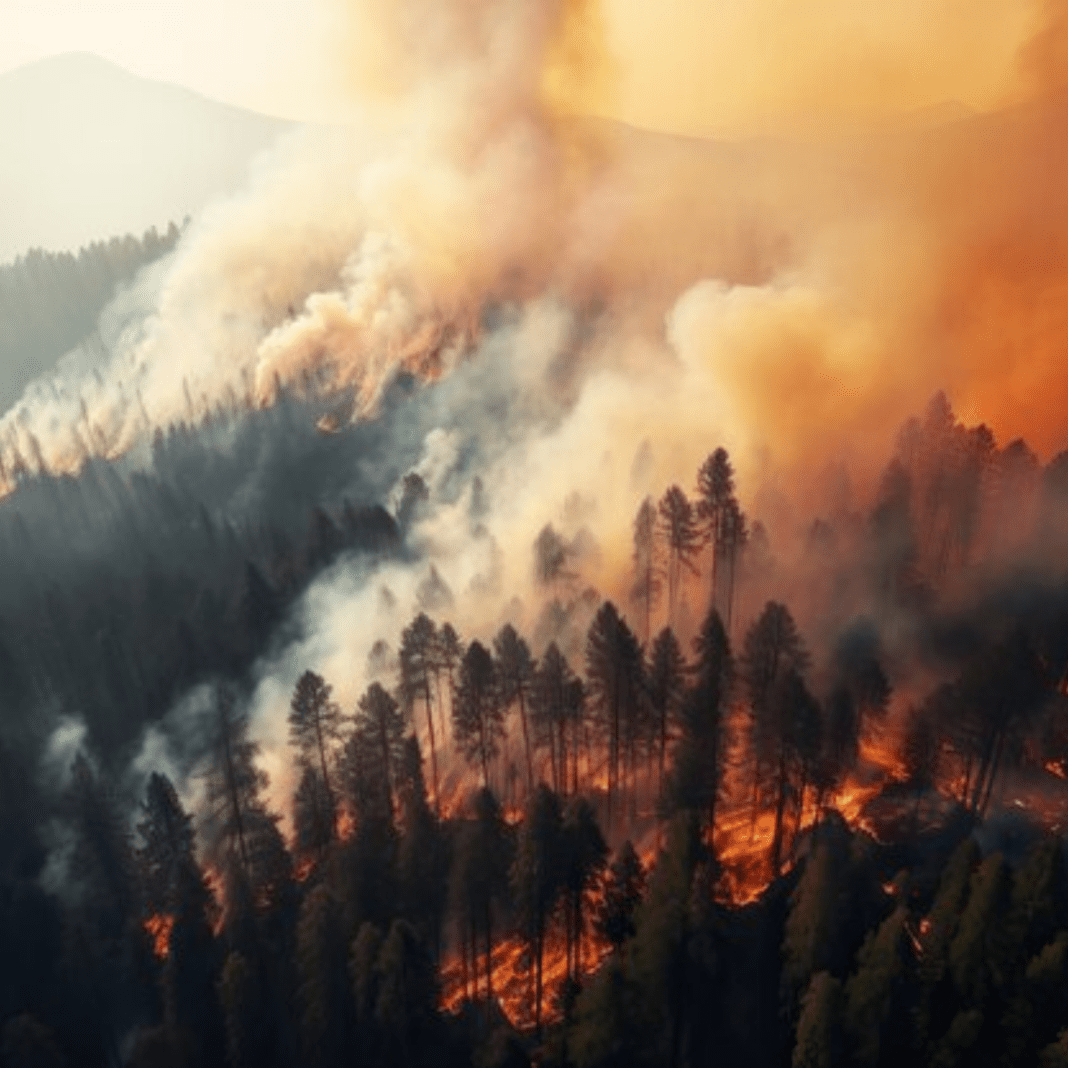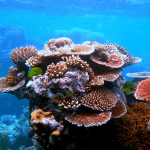Fires Are Destroying Precious Habitats
Across the UK, grass fires are becoming more frequent and dangerous. These fires are not only destroying land but are also pushing some of the country’s rarest wildlife closer to extinction. In just the first few months of 2025, wildfires have burned more than 110 square miles of land—an area bigger than the entire city of Birmingham.
Some of the worst fires have been in Wales, especially in the south. Firefighters there have already battled almost 1,400 wildfires this year. One huge blaze on Rhigos Mountain in June 2023 wiped out land equal to 140 football pitches. These fires are destroying forests, grasslands, and even special types of rainforests found only in the UK.
Experts believe that unusually hot and dry weather in March, along with leftover dry grass and plants from last year, made it easier for fires to start and spread. Sadly, many of these fires are caused by humans—either by accident or on purpose. People using disposable BBQs or trying to burn small areas can lose control quickly, and the flames spread fast.
Wildlife Is Being Burned Alive
Wildfires are having a terrible impact on UK wildlife. Some animals are being burned alive, especially those that cannot escape quickly. In the mountains of Northern Ireland, small creatures like reptiles and insects are being completely wiped out. These animals are very important in the food chain. Without them, birds and other animals that depend on them for food also struggle to survive.
In Wales, a very special place called Allt Boeth near Aberystwyth has been damaged. It is a rare kind of forest known as temperate Atlantic rainforest, or Celtic rainforest. This forest is home to plants, fungi, and mosses that are found almost nowhere else in the world. These are now at risk of disappearing forever.
Critical Vulnerabilities: The Dark Side of Pacemaker Technology
One of the worst-hit animals is the water vole, the UK’s fastest-declining mammal. These small animals live in burrows near streams and rivers. While they can sometimes escape fast-moving flames, their homes and the plants they eat are often completely destroyed. Experts say that the last few places where water voles still live—mainly in the uplands of Wales—are now being burned. If these places disappear, water voles could disappear too.
Other rare birds are also in danger. The golden plover, known for its beautiful golden feathers, may have lost its last breeding site in Powys, Wales. The hen harrier, one of the most endangered birds of prey in the UK, nests in upland moorlands that are now burning. Even skylarks, once common across the country, are losing more and more of their homes each year.
Fires Are Affecting Land, Water, and People
The effects of grass fires go beyond just the animals and trees. They also hurt the land and even the water we drink. After a fire, the soil is bare and loose. When it rains, this soil—along with harmful chemicals called phosphates—can wash into rivers and streams. This makes the water dirty and can kill fish and other water life.
How Cyber Attacks on Industrial Control Systems Can Endanger Lives ?
South Wales has seen some of the highest numbers of wildfires in the UK. In just three days, more than 75 fires broke out in the valleys there. These hillsides are covered in bracken and grass, which catch fire easily. Once the fire starts, it spreads quickly across the dry land and even burns old coal waste still lying around.
Because so many of these fires are started by people, fire crews are now going into schools to talk to children. They want to teach young people how dangerous wildfires are, not just for people but for animals too. Firefighters bring animals like snakes, hedgehogs, and foxes to help children understand what’s at risk.





